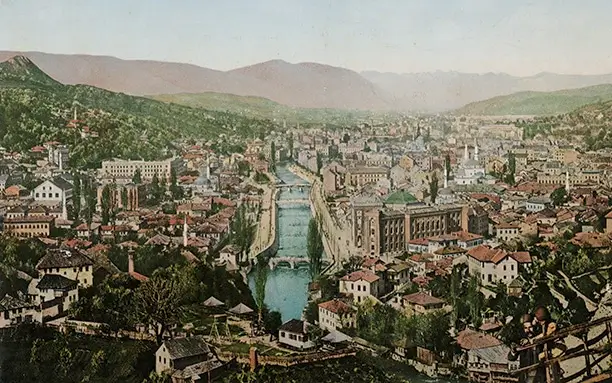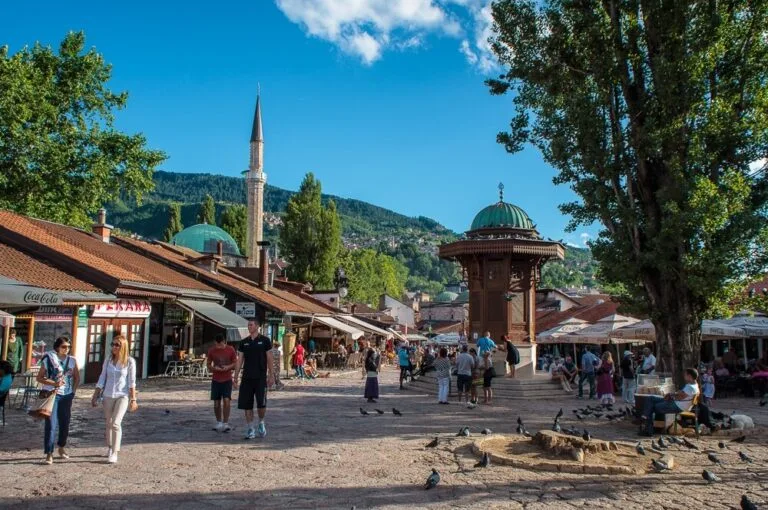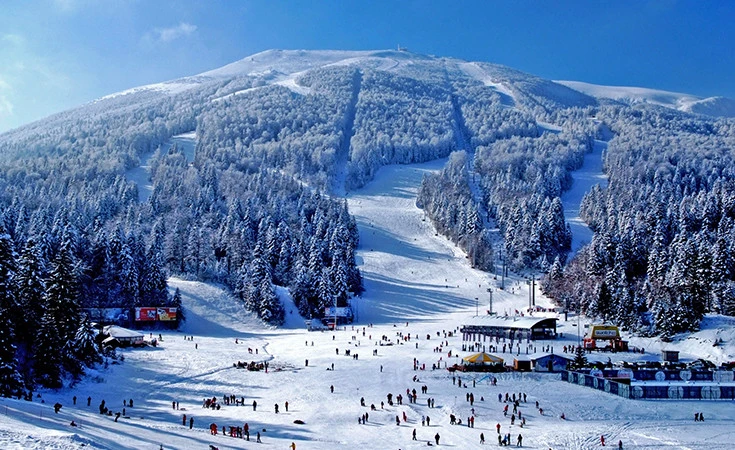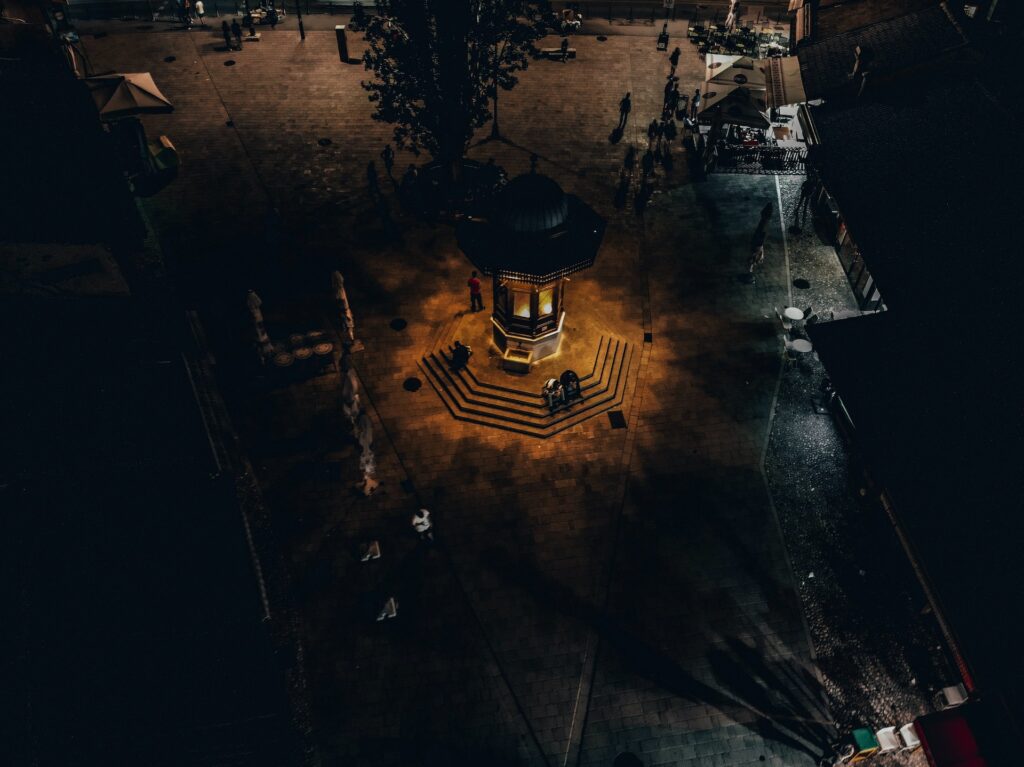Sarajevo is a city with a rich and diverse cultural heritage, shaped by its history and the various empires that have ruled over it. The city has a unique blend of Ottoman, Austro-Hungarian, and Bosniak cultural influences, making it a treasure trove of historical and architectural monuments. In this article, we will explore the cultural heritage of Sarajevo, its monuments, and the significance of preserving this heritage for future generations.
Monuments from the Ottoman Empire:
Sarajevo has a long and rich history as an Ottoman city, dating back to the 15th century. The Ottoman Empire ruled over Sarajevo for nearly four centuries, and its influence can still be seen today in the city’s architecture, religion, and customs. One of the most notable examples of Ottoman heritage in Sarajevo is the Gazi Husrev-beg Mosque, which is considered one of the most important Ottoman buildings in the Balkans. This mosque, along with the other Ottoman structures that can be found throughout the city, serve as a testament to the lasting impact that the Ottoman Empire had on Sarajevo and its people.
Architecture from the Austro-Hungarian Empire:
During the Austro-Hungarian rule, Sarajevo underwent significant architectural changes. The City Hall (Vijećnica), built in the 19th century, is one of the best examples of Austro-Hungarian architecture in the city. Today, the building serves as the National Museum of Bosnia and Herzegovina, showcasing the rich cultural heritage of the country. Another notable building from this period is the National Museum of Bosnia and Herzegovina, which was established in 1888 and houses an extensive collection of Bosnian cultural artifacts.
Sarajevo Today
Today, Sarajevo is a thriving city that is proud of its cultural heritage. Despite the many challenges that the city has faced over the years, including the Bosnian War of the 1990s, Sarajevo has managed to maintain its rich cultural heritage and remains one of the most fascinating cities in Europe. From the bustling Baščaršija market, to the beautiful Gazi Husrev-beg Mosque, Sarajevo is a city that is full of history, culture, and life.
Bosniak Culture:
In addition to the architectural monuments, Sarajevo is also rich in Bosniak cultural heritage. The city has a long tradition of traditional cuisine, including dishes like ćevapi and burek. Handicrafts and textiles, such as handmade carpets and ceramics, are also an important part of Bosniak culture and can be found in various markets and shops throughout the city. These cultural treasures reflect the history, traditions, and values of the Bosniak people and provide a unique glimpse into their way of life.
The cultural heritage of Sarajevo is an important part of the city’s identity and history. From the Ottoman Empire to the Austro-Hungarian Empire and beyond, Sarajevo is a city that is rich in cultural diversity and heritage. Preserving this heritage is crucial for future generations, as it helps to ensure that the history and traditions of Sarajevo are not lost. Whether you’re interested in history, architecture, or cultural heritage, Sarajevo is a city that has something to offer everyone.





Pretty nice post. I just stumbled upon your blog and wanted to say that I have really enjoyed browsing your blog posts. In any case I’ll be subscribing to your rss feed and I hope you write again soon!
is claritin stronger than benadryl allergy pills for adults allergy medication better than allegra